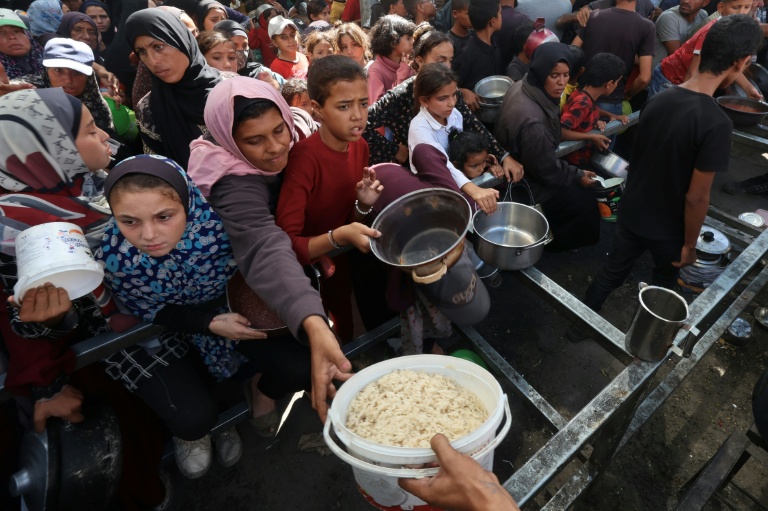
UPDATE: Turkey has dispatched dozens of disaster relief experts to Gaza to search for the remains of 19 hostages still missing following the recent ceasefire. This urgent operation comes as Israeli Prime Minister Benjamin Netanyahu reaffirmed his commitment to retrieve all captives’ bodies during a state ceremony marking the two-year anniversary of the October 7, 2023 attack.
The ceasefire, facilitated by US President Donald Trump, allowed Hamas to return the last 20 surviving hostages to Israel while claiming to have handed back all accessible bodies of deceased captives. However, the remains of the 19 hostages are still unaccounted for, with Hamas stating that specialist recovery equipment is necessary to retrieve them from the destruction in Gaza.
A source from Turkey’s defense ministry confirmed that 81 disaster relief experts from the Turkish Disaster Relief Agency (AFAD) are already on the ground, with a dedicated team assigned to locate the missing bodies. This operation signifies an urgent response to a humanitarian crisis that has gripped the region.
During the ceremony, Netanyahu declared, “We are determined to secure the return of all hostages,” emphasizing that “the fight is not over yet.” His comments underscore Israel’s resolve as the nation faces ongoing tensions with Hamas. Meanwhile, an Israeli advocacy group for the hostage families has called for a delay in implementing further stages of the truce if Hamas fails to return the remaining bodies.
The Hostages and Missing Families Forum warned that there can be no unilateral progress by Israel as long as Hamas continues to hold the 19 hostages and violate the truce agreements. They urged the Israeli government to halt any next steps in the ceasefire until the situation is resolved.
In a recent statement, Netanyahu’s Defense Minister Israel Katz issued a stark warning: if Hamas does not return the bodies, Israel “will resume fighting” to achieve a decisive victory over the militant group. This sentiment echoes throughout Israel as families of the missing grapple with their grief and uncertainty.
Trump, while advocating for patience regarding the ongoing recovery efforts, described the grim reality of the situation: “It’s a gruesome process. They’re digging, and they’re finding a lot of bodies.” He noted that some remains have been buried for an extended period, highlighting the extensive devastation in Gaza.
For families of those released, the emotional toll has been profound. Sylvia Cunio, whose sons Ariel and David were returned after two years, expressed relief and joy, stating, “My children are home!” However, the anguish is palpable for others like Alon Nimrodi, who buried his son Tamir after enduring two agonizing years without news.
In a parallel development, Israel confirmed the return of 30 Palestinian bodies to Gaza as part of the ceasefire agreement, designed to reflect a balance in the conflict’s tragic toll. This move follows the commitment to exchange bodies at a ratio of 15 Palestinians for every deceased Israeli returned.
Despite the ceasefire, the humanitarian crisis in Gaza remains dire. Residents like Mustafa Mahram lament the lack of essentials, stating, “There’s no water… no food, no drink, nothing. An entire city has been destroyed.” The ongoing conflict has resulted in a staggering 67,967 fatalities in Gaza, according to local health authorities, with the United Nations verifying these figures.
As the situation continues to develop, the focus now shifts to the ongoing recovery efforts and the broader implications for peace in the region. Stakeholders are urged to monitor how both sides navigate the complexities of this fragile ceasefire and the pressing humanitarian needs. The world watches closely as the search for the missing hostages intensifies and the long-term recovery of Gaza hangs in the balance.





